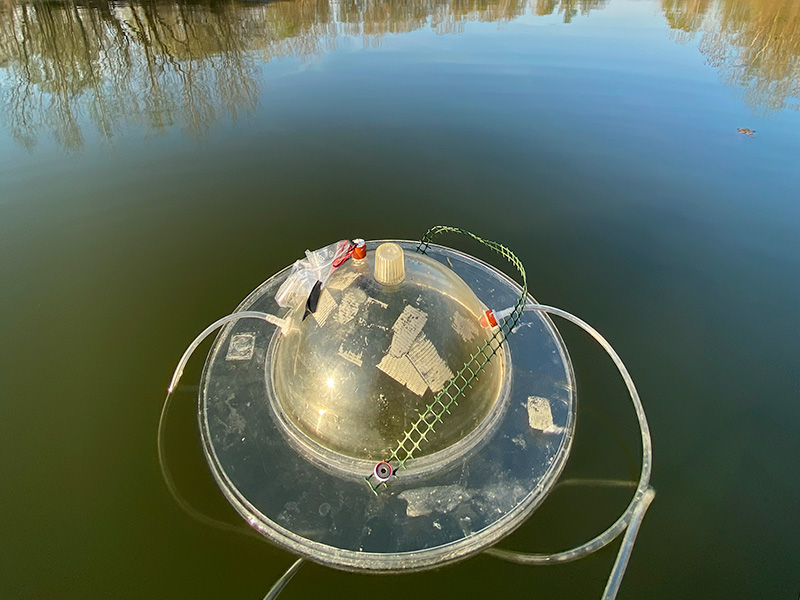REWET Open Lab 6
Gussola oxbow lake, Italy

Location:
Gussola, Cremona, Italy
Type of wetland:
Fluvial wetland
Size:
30 ha
Site manager:
Public domain - the Po River District Basin Authority (ADBPO) plans the management, protection and defence of water resources and the territory of the entire basin, of which the oxbowl is part.
OL coordinator (organisation and country):
University of Parma, ADBPO
Historic Changes at Gussola Oxbow Lake
Navigating History: Restoring Natural Flows in the Po Grande Biosphere
The Gussola oxbow lake is situated within the UNESCO Biosphere Reserve of “Po Grande”. From the 1920s to the 1950s, extensive morphological interventions were conducted along approximately 130km of the river to facilitate navigation. These interventions significantly constricted the active riverbed, leading to progressive sedimentation of the oxbow lakes and lateral branches, and the loss of natural habitats, often repurposed for agricultural use. These alterations, coupled with excessive river channeling, exacerbated habitat fragmentation and contributed to negative phenomena such as gully straightening and saline water intrusion. Consequently, these issues have led to structural instabilities in bridge foundations and embankments. Presently, the Gussola oxbow lake sporadically connects with the Po River when discharge surpasses 4000 m3/s, resulting in water stagnation, elevated summer temperatures, increased evaporation, algal blooms, and occasional winter ice cover.

Restoring Gussola Oxbow Lake
Environmental Enhancement at Isola Maria Luigia: Balancing Hydraulics and Habitat

The Gussola oxbow lake is the only REWET riverine wetland, with large seasonal and interannual variations of water inputs, water levels and water turnover. As part of the project, we aim to assess various restoration methodologies to enhance the environmental quality of the oxbow lake “Isola Maria Luigia”. This designated observation location presents unparalleled research opportunities to examine greenhouse gas (GHG) emissions and their regulation across diverse gradients, including soil water saturation, oxygen and nitrate concentrations, temperature, and substrate granulometry. Restoration efforts will focus on reinstating natural hydraulic and morphological processes, alongside measures to mitigate hydraulic risks, promoting water retention and climate change adaptation strategies.
Hydrological Shifts at Gussola Oxbow
Dynamic Waters: Flood Impacts and GHG Dynamics in the Po River Basin
During the first year of the REWET project, significant reshaping of the navigation groyne separating the Gussola oxbow lake from the Po River occurred. Consequently, the wetland area experienced flooding with discharge levels exceeding 1500 m3/s, occurring more frequently than before the intervention. This increased flooding is expected to expand the wetland surface and facilitate the transfer of suspended and dissolved nutrients and organisms to and from the water system, leading to the de-stratification of the water column. We anticipate contrasting effects of flooding on greenhouse gas (GHG) dynamics: methane (CH4) fluxes may be inhibited by oxygenation during connection, while carbon dioxide (CO2) fluxes may decrease due to water saturation in the soil. Conversely, nitrous oxide (N2O) production is expected to increase owing to elevated denitrification rates following large nitrate inputs into the system.
